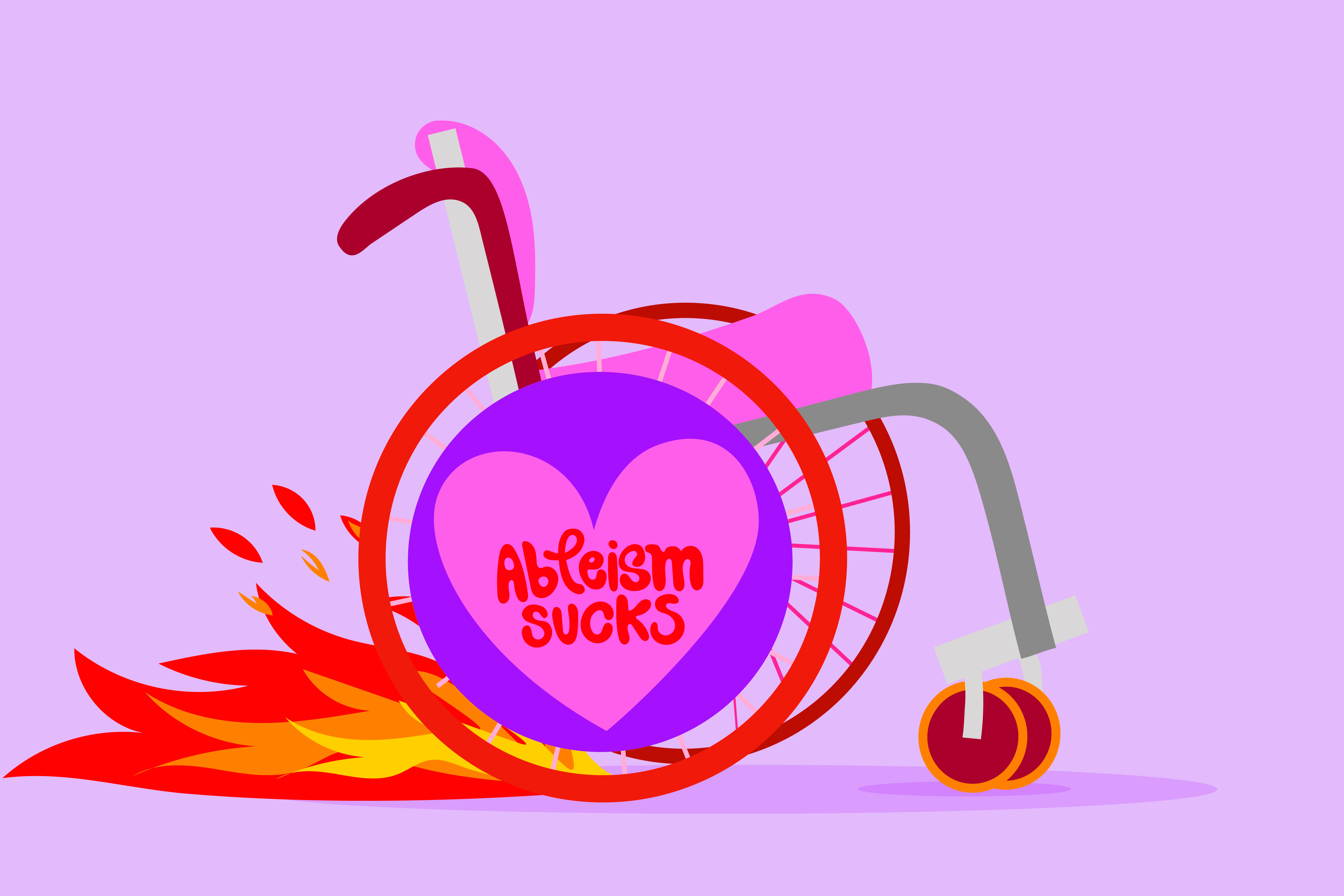By Jennifer Leigh and Elliott Spaeth
According to the Office for National Statistics, there were 14.2 million disabled (or chronically ill) people aged 16–65 in the UK in 2021 – that’s around a third of the working-age population. This figure was an increase of 1.2 million since before the pandemic, which isn’t surprising when we consider increasing cases of mental ill health, long covid, as well as delays in seeing and treating ongoing conditions due to cancellation of appointments for care and treatment.
What is disability?
According to the Equality Act (2010), you are considered disabled if you have a condition that impacts “substantially” on your day-to-day life, and which has lasted (or is expected to last) at least 12 months. Anyone can become disabled or chronically ill at any time. You can be born with a condition, and you can also acquire illness or disability.
Neurodivergences, such as ADHD, Autism, Epilepsy, and Dyslexia, can be considered disabilities (although not everyone who is neurodivergent identifies as disabled), and may be diagnosed in childhood, or increasingly (particularly with those who were Assigned Female At Birth) be diagnosed in later life. Many neurodivergent, disabled, or chronically ill people do not have a diagnosis at all, making it difficult for them to access treatment or request changes that might help them in work or study. This is due to a lack of funding allocated to understanding conditions that affect marginalised communities (or how conditions might present differently for those people), a lack of commitment to incorporating that understanding into practice and policy when does it exist, and an increased likelihood of marginalised people’s reported symptoms being dismissed or considered less serious.
We need to recognise that many more of our colleagues are likely to be silently dealing with a chronic illness/ neurodivergence/disability than those who declare it.
What can we do to create suitable environments for disabled staff in Higher Education?
The main approach at work is that of reasonable adjustments, also referred to as “accommodations”. Reasonable adjustments are an absolute minimum requirement of a supportive environment, but still position the “problem” as being within the individual in question and puts them in the position of having to share information about their condition, and, in the case of an unsupportive or less aware line manager, justify their needs to an authority figure.
This is difficult for a number of reasons, not least that people may not want to share the details of their disability (if they even have a diagnosis, as discussed earlier). We might expect proportions of people disclosing or declaring a disability within Higher Education to reflect that within the wider society, however this is not the case. Why might this be? First, consider the language – we disclose or declare things that might be shameful, which reflects the stigma associated with disability. Second, coming to terms with a disability, or the extent to which a disability impacts your day-to-day life is a journey, and it can take a long time to accept that you may never go back to the life you had before (if a disability or illness is new). In addition, telling others about a disability always comes with the risk that the person you tell may not believe you truly have the condition or that the condition is “worthy” of support. This can be particularly true of disabilities and illnesses that fluctuate, and dealing with questions and perceptions about this can be incredibly painful and invalidating. There are disciplinary differences here as well – subjects that have a higher gender imbalance also have lower rates of disclosure. We have to recognise that disability, just like every other protected characteristic, is intersectional, meaning that people who are multiply marginalised are likely to experience additional challenges.
Although there isn’t one simple way forward, we would recommend taking an approach that proactively considers the needs of others, rather than only focusing on those who have felt comfortable sharing details of a disability or chronic illness with you.
This blog post is based on a longer article on supervising disabled and chronically ill students.

